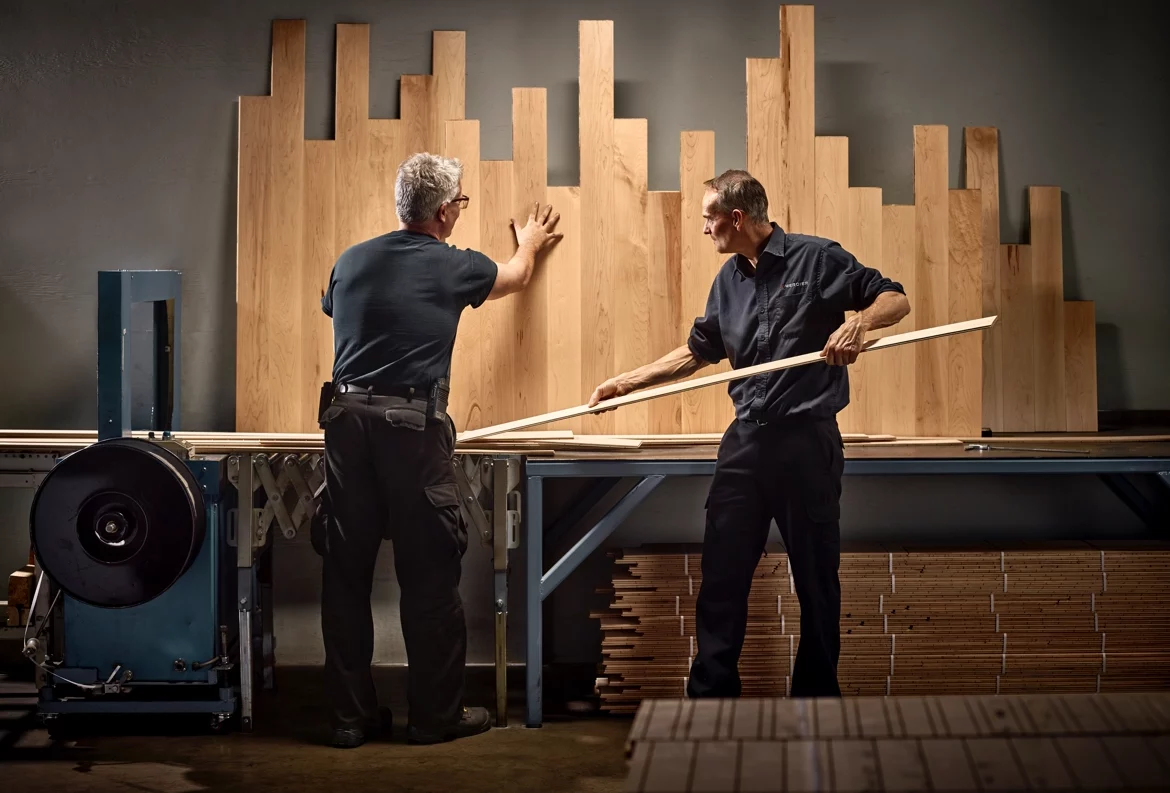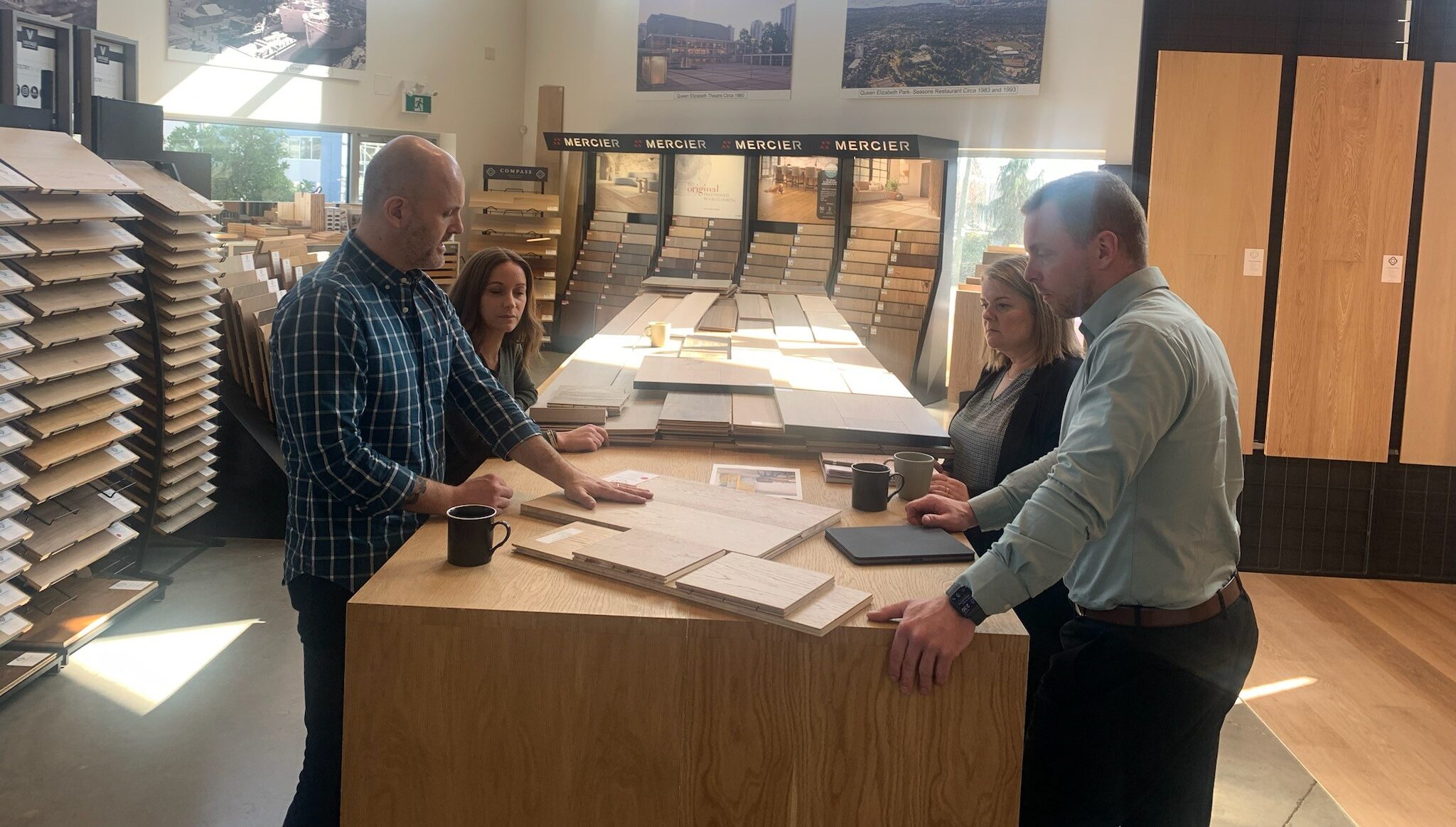

BCFCA Annual Members Golf Tournament Arrive at 11am, Shotgun start at 1pm Currently open to Members, will open to non… Read more »

Renew your membership for 2024 and pay by credit card here. Enter your invoice number (sent by email) in the… Read more »

Renew your membership for 2024 and pay by credit card here. Enter your invoice number (sent by email) in the attendee… Read more »

One of our flooring experts/inspectors will come to your store and present the following to your sales, installation and management… Read more »

Thank you to all the golfers, gold sponsors, and volunteers who helped to make the BCFCA Golf Tournament a major… Read more »

Thank you for joining us for the BCFCA AGM on June 23, 2022! And thank you to HTBC for donating… Read more »

Written By: Lyndsey Gavin, GO Resilient 1. Make a commitment to social media They say it takes up to a… Read more »
Join a network of industry professionals striving to be better